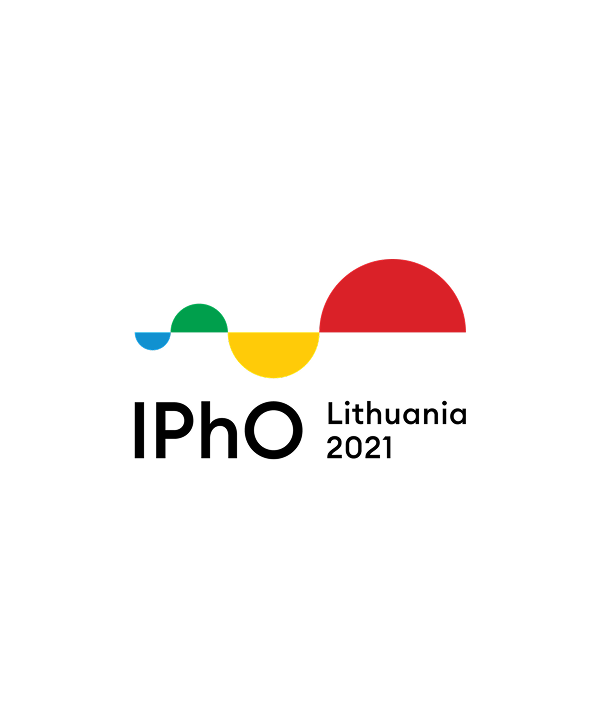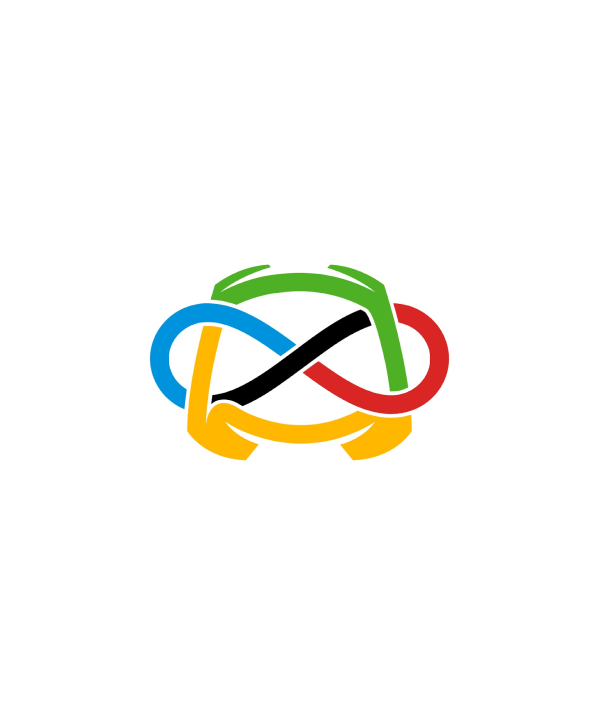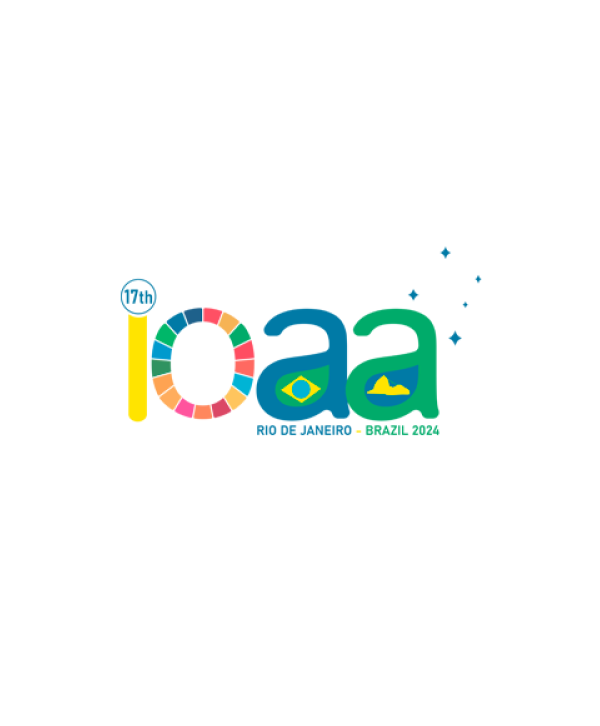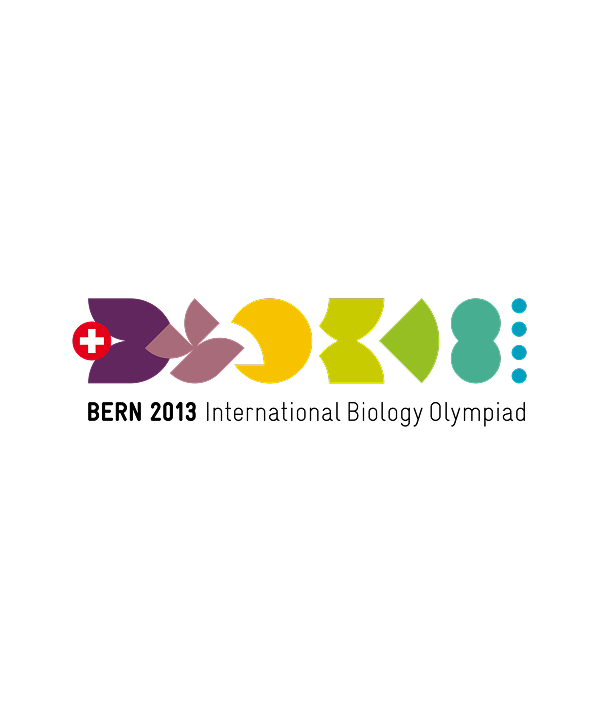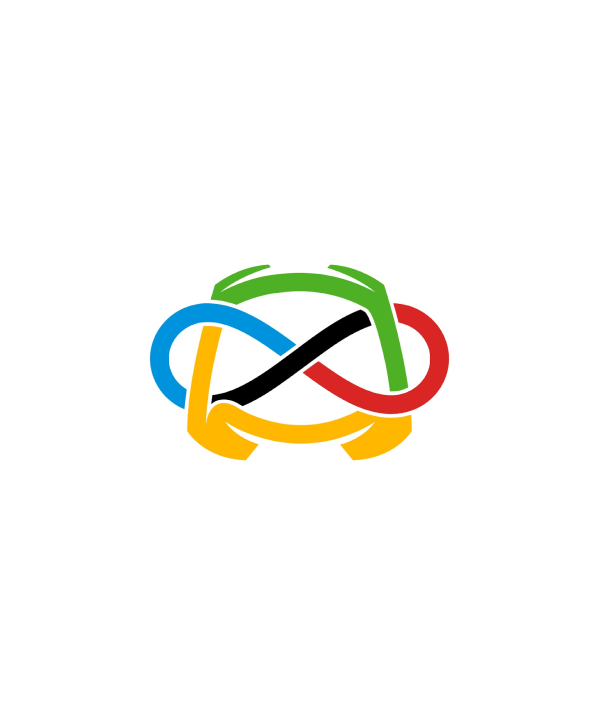An annual worldwide physics competition for high school students, the International Physics Olympiad (IPhO) aims to assess and encourage physics brilliance. Top young physicists from all around the world compete in theoretical and experimental physics at IPhO, which was founded in 1967. Teams of up to five kids are sent by each participating nation, along with observers and leaders. Every year, high school students compete in the IPhO. Each national delegation consists of two leaders chosen at the national level and a maximum of five student participants.
The best high school physics students are chosen through a selection procedure that is unique to each nation and usually consists of several test rounds and training camps. Although the selection procedure differs from nation to nation, it is typically very competitive. However, a big question is how to prepare to get yourself and your team into the International Physics Olympiad. Here is your answer!
Recommended Books
The book "Physics, Volume 1 & 2 by David Halliday, Robert Resnick, and Kenneth S. Krane" is essential reading for anybody planning to participate in the national or advanced physics Olympiad. To fully engage with this undergraduate-level work, you must possess a solid understanding of univariate calculus. You can begin with the previous IPhO question papers if you can solve 80% of the Halliday, Resnick, and Krane issues.
Note: Attempting to solve exam papers dated before 1998 is pointless because the syllabus's scope has evolved. The syllabus for IPhO varies; hence, kindly search for the syllabus relevant to the year you are applying in.
If you are a beginner, you can start with non-calculus physics textbooks:
- "College Physics" by Alan Giambattista, Betty McCarthy Richardson, and Robert C. Richardson
- "Physics" 7th Edition by John D. Cutnell, Kenneth W. Johnson
Study first-year level university physics.
- "Physics", Volume 1 & 2 by David Halliday, Robert Resnick, and Kenneth S. Krane
- "University Physics with Modern Physics with Mastering Physics™", 12th edition, by Hugh D. Young and Roger A. Freedman
- "Physics for Scientists and Engineers with Modern Physics" by Raymond A. Serway and John W. Jewett, Jr.
Textbooks on specific topics:
- "An Introduction to Mechanics" by Kleppner and Kolenkow
- "Classical Mechanics" by John R. Taylor
- "Introduction to Classical Mechanics with Problems and Solutions" by David Morin
- "Classical Dynamics of Particles and Systems" by Jerry B. Marion and Stephen T. Thornton
- "Special Relativity" by A.P. French
- "Vibrations and Waves" by A.P. French
- "Introduction to Electrodynamics, 3rd ed." by David J. Griffiths
- "Electricity and Magnetism" by Edward M. Purcell
- "Electromagnetic Fields and Waves" by Paul Lorrain and Dale Corson
Interesting Resources for General Physics and Mathematics:
- "Street-Fighting Mathematics" - The Art of Educated Guessing and Opportunistic Problem Solving
- Project PHYSNET PDF Modules - Concise summaries of physics topics with exercises
- Jaan Kalda Resources
- KoMaL Magazine Resources
- Online Physics BRAWL
Practice working out theoretical problems:
- Past IPhO Papers with Solutions Compilation (1967-2010)
- BAUPC Exams and Solutions
- Estonian-Finnish Olympiad in Physics
- FYKOS, Charles University, Prague
- "Problems in General Physics" by I. E. Irodov
- Solutions to I. E. Irodov's "Problems in General Physics"
- "Cavendish Problems in Classical Physics" by A.B. Pippard
- "Cambridge Problems in Physics and Advice on Solutions" by P.P. Dendy, R. Tuffnell, and C.H.B. Mee
- "Physics by Example - 200 Problems and Solutions" by W.G. Rees
- Selected problems from "A Guide to Physics Problems", Part 1 and Part 2 by Sidney B. Cahn and Boris E. Nadgorny
- "Problems and Solutions on Mechanics" by Yung-Kuo Lim
- "Problems and Solutions on Atomic, Nuclear and Particle Physics" by Yung-Kuo Lim
- "Problems and Solutions on Electromagnetism" by Yung-Kuo Lim
- "Problems and Solutions on Optics: Major American Univ. PhD Qualifying Questions and Solutions" by Yung-Kuo Lim
- "Problems and Solutions on Solid State Physics, Relativity and Miscellaneous Topics" by Yung-Kuo Lim
- "Problems and Solutions on Thermodynamics and Statistical Mechanics" by Yung-Kuo Lim
Practice doing experiments:
- Practical Physics, 4th Edition by G. L. Squires
- Student Laboratory Handbook
- Data and Error Analysis Note
Physics Olympiad: Basic to Advanced Exercises: Some of the issues and solutions from previous home theoretical and experimental rounds of the Japan Physics Olympiad are included in this book. This book's exercises are designed to introduce high school students to the fascination and allure of contemporary physics. Particularly, the second-round competition's issues resemble a lengthy physics trip, starting with junior-high school-level fundamentals and concluding with the most recent advancements in physics and technology.
MIT OCW-Physics I and II: Physics I is a first-year physics course that introduces students to classical mechanics. This course has a hands-on focus and approaches mechanics through take-home experiments. Topics include kinematics, Newton's laws of motion, universal gravitation, statics, conservation laws, energy, work, momentum, and special relativity.
Physics II is the second semester of introductory physics. The focus is on electricity and magnetism. MIT OCW has selected relevant material from MIT's introductory physics courses to support students as they study for the AP Physics curriculum. The videos are extremely helpful for beginners’ understanding of Physics.
You will develop the abilities required to succeed in the IPhO and national qualifying rounds by adhering to this methodical strategy and setting up regular time for studying, problem-solving, and experimentation.
